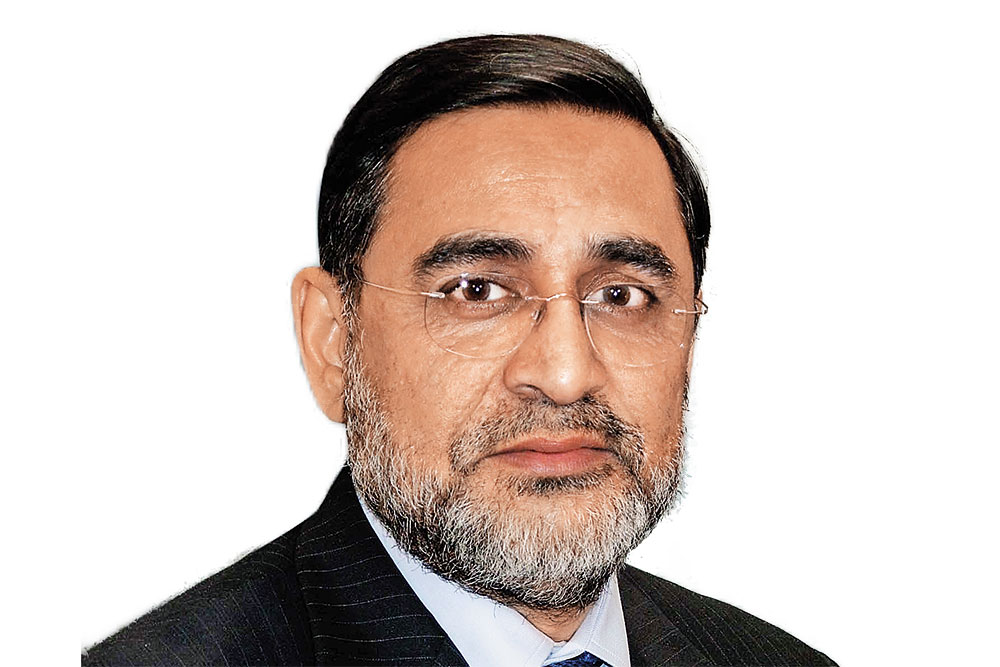India currently ranks fifth in the list of countries driving metaverse which is projected to be a $758-billion market globally by 2026, growing at a CAGR of 37.1%. The country’s convergence sector—IT, content and telecom—as also its start-up ecosystem are well-positioned to contribute to and leverage the progression of the metaverse era—not just within India but also globally.
There are certain areas where India could specifically play a seminal role. Becoming a source for skilled talent is one such area, where it can develop and offer the world a skilled developer community which is well versed in underlying technologies.
Then there is the space of strategic and technical consulting services for enterprises to help them achieve efficiencies and come up with innovative business models. One way of that is through digital twinning. For instance, BMW’s physical factory in Regensburg has a digital replica which brings in substantial economic benefit through real-time synchronisation.
A digital twin-based simulation could also be useful in things like enhancements to the power grid to prepare for EV-driven spikes in energy demand and to carry increased volumes of renewable energy from producing centres to consuming centres. Cities are expected to save upwards of $350 billion through simulation-based planning. Even mobile operators have used it for 5G network planning. India’s IT sector could partner with technology providers like Microsoft, Amazon, Nvidia, Epic Games, Unity, Siemens, IBM and Dassault among others, to offer customised solutions to their global and domestic clients.
Going forward, all businesses will have a presence in the metaverse—just as they have a website today. Salesforce, for example, is already reimagining its SaaS offering to enable an ecosystem of interconnected virtual spaces for each company. Indian technology companies could explore product, system integration and service opportunities in this space.
Indian professionals could also try to capture the brand strategy consulting market. Like acclaimed Virtual Brand Group developed and implemented the metaverse strategy for Forever 21 on Roblox platform, consultants could offer advisory services and then go on to help develop and execute the brands’ metaverse strategy.
The interconnected virtual spaces in metaverse will require avatars, virtual versions of products and engagement-enhancing presence on virtual platforms and virtual experiences. Start-ups could venture into these niches.
Several global brands, like Disney, McDonald’s, L’Oréal and Visa, have already developed virtual versions of their products and obtained trademark licenses for them. The digi-sapiens—millennials and Gen Z—are at home in these immersive, virtual experiences which have morphed into social networks. Naturally, brands have flocked to where their customers are. Nikeland and Spotify on Roblox, Star Wars on Fortnite, Netflix on Nintendo’s Animal Crossing, Coca Cola’s friendship day campaign on Fortnite and musician Travis Scott’s eye-popping immersive concert on Fortnite are great examples of brand presence and engagement on virtual platforms. In such a scenario, content development and the creator economy can be seen as a space where India can make its mark.
The emerging creator economy, combined with the virtualised future of labour, could also be a huge boost for entrepreneurship and means of livelihood, regardless of location. Developer talent, an understanding of the mindset of younger demographics and a large domestic creative talent pool will provide the right environment. India should rapidly invest in its demographic dividend to monetise such an opportunity.
The author is a former MD of Sony Pictures Entertainment and visiting professor at IIM, Ahmedabad











